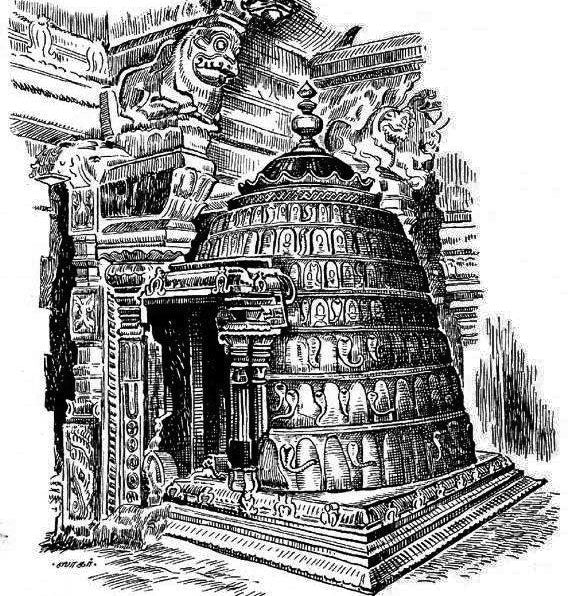
History of Shankaran - Gowthamyamman Temple - Tamil Nadu
Share
The Gowthamyamman Temple is a revered and ancient temple, known for its architectural beauty and deep spiritual significance. It is believed to have been built by the Pandya Dynasty, a lineage with strong connections to the ancient civilization of Kumar Kandam, a mythic land said to have been located in the southern part of India, now submerged beneath the Indian Ocean. This temple holds a unique place in both architectural history and ancestral legacy, standing as a testament to the cultural and spiritual heritage of Kalki’s ancestors.
Architectural History
The
The temple is a maha kshetra (a large temple complex) designed to house various deities, each enshrined in different parts of the temple, but the central deity,
The sanctum sanctorum (inner chamber) of the temple is where the idol of
One of the most remarkable aspects of the temple’s design is the fluidity of space, where the vertical and horizontal elements of architecture guide the devotee’s experience. The temple is not just a place of worship but a spiritual map—its layout aligns with astrological and cosmic principles, leading to a deep, meditative experience. The temple’s architecture, in essence, becomes a conduit for divine energy, enabling devotees to feel a direct connection with the gods. The geometrical precision and intricate carvings reflect an understanding of metaphysical principles that transcend mere artistry.
The central courtyard, encircled by towering granite walls, is where significant rituals are held. The pillars are intricately designed with Naga sculptures, representing the protective energy of the Nagas (serpent deities), which also alludes to the ancestral ties of Kalki’s family, as the Nagas are known to guard sacred knowledge.
The temple’s stone architecture is crafted from granite, chosen for its durability and sacred qualities. The use of natural materials in the construction is not just functional but symbolic, as granite is believed to hold spiritual energy and amplify divine vibrations.
Ancestral Connection
The
It is believed that Kalki’s ancestors played a significant role in the temple’s construction, and they saw it as a spiritual center that not only worshipped deities but also served as a nexus for astronomical knowledge, mystical wisdom, and spiritual protection. The temple was designed to align with the movements of celestial bodies and the elements, creating a powerful energetic space for those seeking wisdom and spiritual growth.
Her ancestors were spiritual leaders, priests, and architects who imbued the temple with sacred geometry and esoteric teachings. They were custodians of ancient knowledge, which was passed down through generations, safeguarded within the walls of the temple and encoded into the stone carvings. These teachings, which were hidden in plain sight, are said to contain the lost wisdom of Kumari Kandam, including healing practices, meditative techniques, and mystical rituals.
The connection to Kumari Kandam is further evidenced by the recurring symbolism of the Nagakanya (serpent goddess) and Panchabhutas (five elements) found in the temple’s architecture. The Nagas, guardians of wisdom, were protectors of the sacred knowledge that the temple contained, as well as the lost treasure of Kumari Kandam. It is said that the temple served as a physical and metaphysical gateway, linking the earthly realm with the spiritual dimensions, especially the Akashic records, where the knowledge of ancient civilizations is stored.